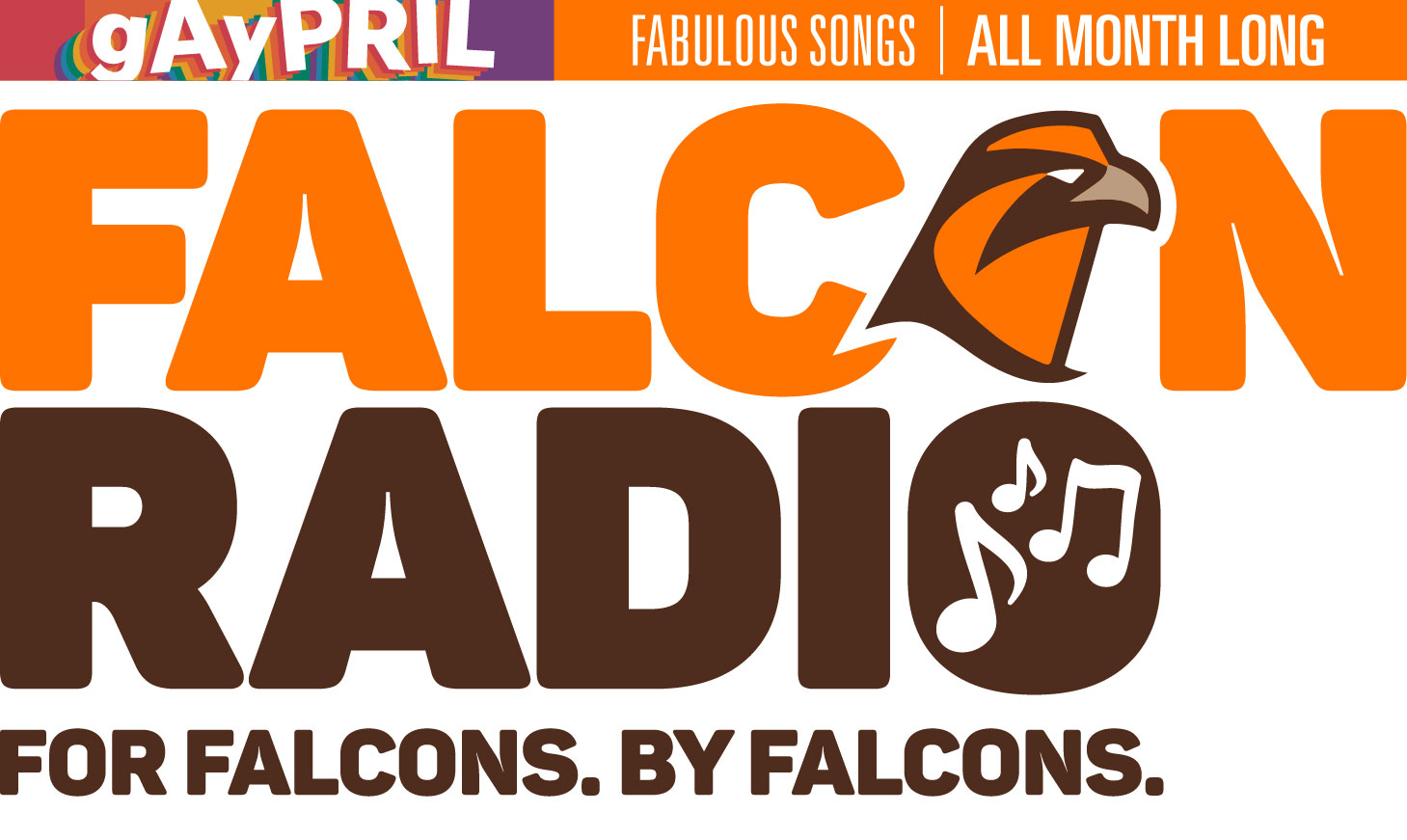The adages tell us that a picture is worth a thousand words.
But a symbol is a more efficient icon. It is much more simplistic, and it carries with it far more than words.
In the last few years, states such as South Carolina and Mississippi have come under fire for a certain symbol that was (or is) emblazoned across their flags.
This symbol stands for many things, but not everyone is in agreement as to what those things are or are not.
This symbol once stood for the Confederate States of America.
Georgia has become the latest state to come under fire for having this symbol on its state flag, and the Georgia House voted a bill to remove it from the banner flying over their capital.
The decision was far from unanimous, and it is not certain that the state senate will vote the same as the house.
The problem that arises comes from the two major interpretations that people give to the ‘Stars and Bars.’
For most of us, it is a symbol of an antiquated and embarrassing era, one in which human beings were treated as little more than sentient cattle. It is a symbol of a time when we, as a nation, tore ourselves asunder. It is not something we desire to celebrate.
But many of us have never lived in or been to the southern United States (no, visiting Mickey or Universal doesn’t count). To those who lived in the former Confederate States of America, this symbol meant something else.
It meant a way of living. Contrary to what popular belief is, the biggest complaint of the southern part of this country was Federalism. John Calhoun lived for states’ rights, and his fellow citizens would not stand for a central government telling them how to run things. The Confederate flag was about the southern way of life, which didn’t want a big, centralized government telling them what to do.
Which is why the Confederate flag should be prominently displayed in every museum and textbook dealing with American history.
What it does not justify is flying this symbol over a government building, or representing the current flag of a state.
How many state flags incorporate the original Old Glory from the first years of this nation? None.
How many state flags incorporate the Union flag from the northern side of the Civil War? None.
Everything changes. This is a simple fact of progression. It means that symbols can also take on different meanings throughout the years. The Confederate flag no longer symbolizes states’ rights to the majority of Americans.
At one point in time, the National Socialist party brought Germany out of depression and squalor, and gave pride to its people. The swastika was a symbol of that new found vigor.
That was one point in time. At the current point, it is associated with overriding prejudice and horrendous cruelty. Just as we wouldn’t expect the city-state of Berlin to fly the swastika, we shouldn’t expect the state of Georgia to fly the Stars and Bars.
One picture is worth one thousand words. One symbol is worth countless associations and memories. But a symbol should unite.
The Confederate flag symbolizes nothing but divisiveness.


















